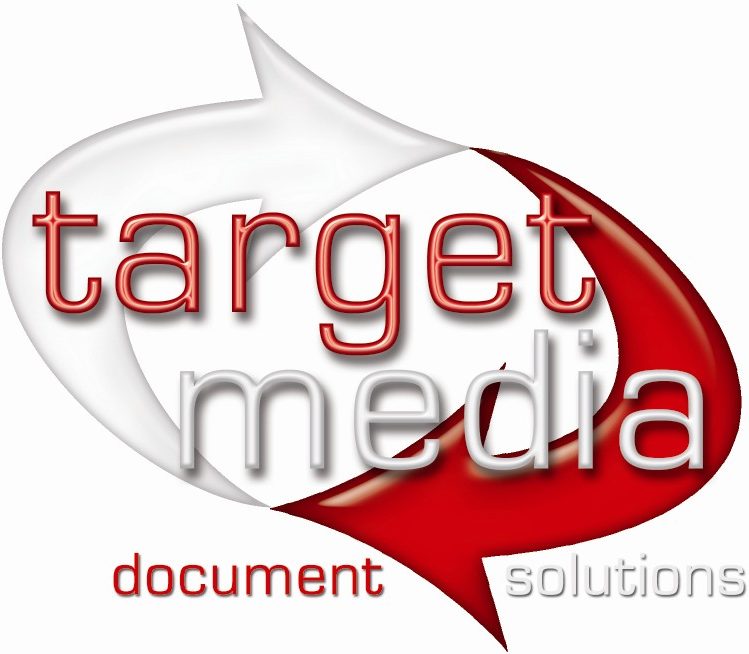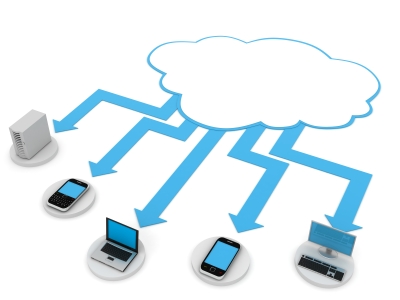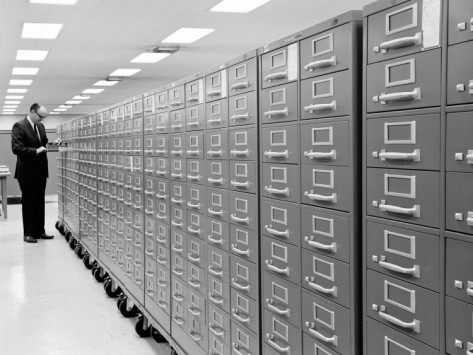Documents, whether electronic or paper, are an indispensable component of any business.
However, managing all of your business’s crucial documents can be overwhelming.
If you are dealing with paper documents, you have to find places to store them and you can run out of room very quickly!
Document imaging can benefit businesses by alleviating the headache that comes with managing office paperwork.
If you haven’t considered document imaging for your business, take a look at the top 5 business benefits it can offer:
- Disaster Recovery
Relying on a paper trail can be risky. For instance, if all of your documents are on paper and your office experiences a disaster, such as a fire or flood, you could lose them forever. In the case of certain disasters, electronic files saved to a hard drive can even be at risk. For example, if the physical hard drive is onsite and incurs damage, the files could be irretrievable. Document Imaging Systems can benefit you by helping you avoid these unforeseen scenarios. They offer you the option to store your data off-site to take an extra measure to protect files that are crucial to your business. - Cost Savings
Document Imaging Systems can be costly. However, for many businesses, the upfront cost is worth the long-term investment. To decide whether the upfront cost makes sense for your business, here are 3 areas in which a DIS can help you save money:- Office Space Savings
When businesses store paper files for many years, they often outgrow their space and need to expand to accommodate their storage needs. However, when investing in document imaging, you save money by eliminating the need for extra storage space.
Document imaging converts all of your company’s hard copy files into an electronic format. This can allow you to convert the square footage you were using as storage space into usable office space for your company.
In fact the approximate price to rent commercial office space outside London is £37.00 per square foot and continues to rise. Say you allocate 500 square feet for file storage at this price – that equals £18,500 spent per year on space for your file storage.
Or, to put it another way, a 4 drawer filing cabinet occupies 3sq feet of floor and would cost £111/year in rent.
That cabinet will hold a maximum of 8,000 images. The cost of scanning those documents would be paid back within 2 years – a fraction of the time businesses are required to hold onto records. - Staff Savings
One commonly “hidden cost” of businesses who rely on paper files is the amount of money spent on labor. Consider that if you use paper files, you likely also have employees who regularly file or retrieve documents. You may be able to cut costs with a document imaging system. Let’s say that one of your employees makes £20 an hour and it takes them 5 minutes to go to the file room, find a file, take the necessary action, refile the document, then return to their desk. If that happens 12 times in a week, that equals 1 hour per week that they spend managing paper files, which equals 52 hours a year.
£20/hr x 52 hours = £1,040 in wages per employee
With a document imaging system, you can save some serious time by streamlining documents electronically. According to PWC, administrative employees spend up to 50% of their time looking for files when they are not stored efficiently. Many businesses who use a document imaging system are able to downsize their administrative staff, since retrieving scanned files is way less time-consuming. - Lost File Savings
When a document is lost or destroyed, there is a cost to recreate that document. In fact, according to PWC, in office environments 7.5% of all documents are lost and 3% are misfiled. Additionally, organizations pay an average of £220 to recreate a lost document. A document imaging system ensures that all of your documents are secure and easy to find. They have a superior backup and recovery system in place, where all documents are stored at a central server location. You no longer have to worry about expenses associated with recreating a lost document.
- Office Space Savings
- Increased Security
Whether you’re a hospital that handles sensitive patient information or a small local business, security is a high priority. You must protect and secure your documents in order to maintain the integrity of your business. Threats to your business can come from any of the following:
Hackers
Identity thieves
Disgruntled employees
Business competitors
If your business documents are tampered with, destroyed, or end up in the wrong hands, this could mean disaster for your company. These security measures are especially important for businesses that need to ensure compliance with GDPR and other document keeping standards.
- Remote/Mobile Access
Many document imaging systems can benefit businesses because they include remote access (aka cloud-based connectivity). This allows authorized employees to access documents from home, on the road, or away from the desk. If you have employees who work remotely, a document imaging system is a great way to improve their workflow. - Environmental Responsibility
Another reason document imaging systems benefit companies of all types and sizes is their environmental friendliness. Take these environmentally sustainable features into account:- Paper-less
The average office creates 1kg of daily paper waste per employee. Many businesses are making an effort to be more conscientious about what they use and how much they throw away. While many companies cannot be completely paperless, they can reduce their environmental footprint by using a document imaging system. By digitizing files, less money is spent on paper and more natural resources are spared. - Space saving
As mentioned, when companies make the switch from a paper filing system to scanned documents, they often save physical square footage. According to research, 50–70% of office space is still used to store documentation. The majority of company files are saved for legal liability, compliance or audits. As your business shifts its physical paperwork to a digitized profile, you may be able to downsize the physical space of your office and your use of natural resources. - Energy saving
If upwards of 50% of your office space is used for document storage, once you switch to document imaging, you will have a lot of extra space. You could significantly cut your energy costs by leasing out or selling that space!
- Paper-less
Contact us to see how we can help your company reduce it’s footprint and increase efficiency.




